Irrigation Opening
Opening Cost Calculator
Check-Up / Service Call
Full inspection, diagnostics, pressure testing, and system adjustments.
BOOK ONLINEUsually, the price for irrigation opening is $90 + tax. The price can vary if the system is commercial or big residential.
GET IT NOWBasically, the price for winterization is $100 + tax. The cost can vary if the system is commercial or big residential.
GET IT NOWPrices start at $550 per zone. We use Hunter and Rain Bird materials. 5-year warranty. Parts and labor are included.
GET IT NOWLED fixtures start from $250 due to long lifespan and reduced maintenance costs. Parts & labour are included.
GET IT NOWResidential sod averages $1.10–$3.50 per sq.ft. Commercial starts at $0.75. Labour is included.
GET IT NOWFrench drainage installation cost ranges $25–$40 per foot depending on complexity. Parts and labor are included.
GET IT NOWFull inspection, diagnostics, pressure testing, and system adjustments.
BOOK ONLINE

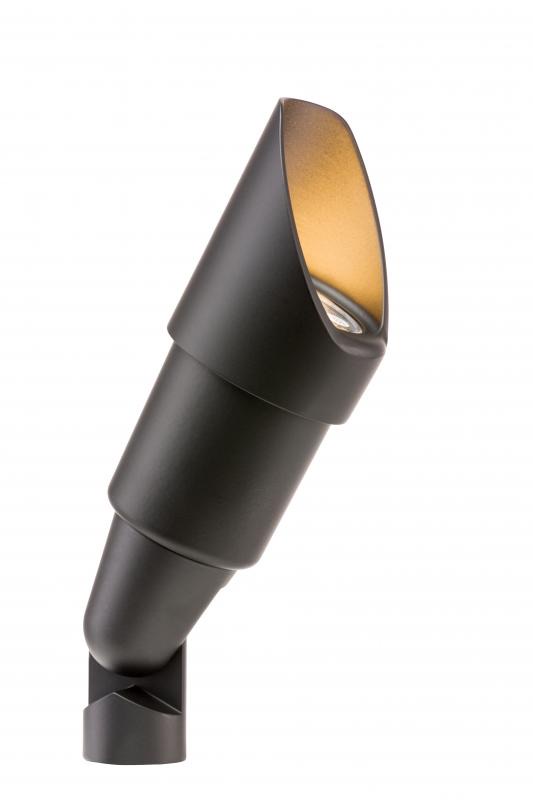
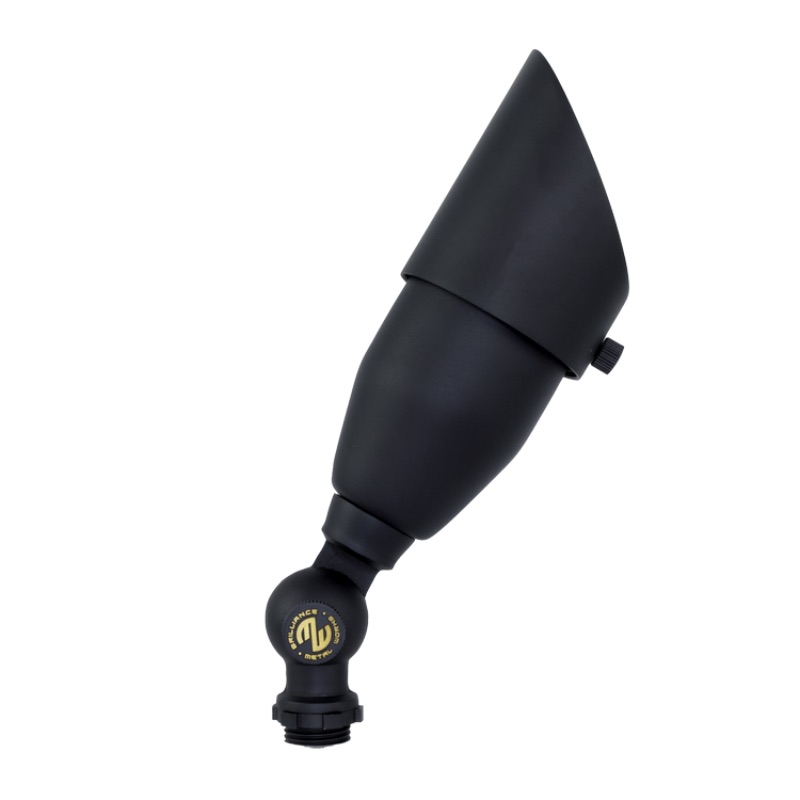


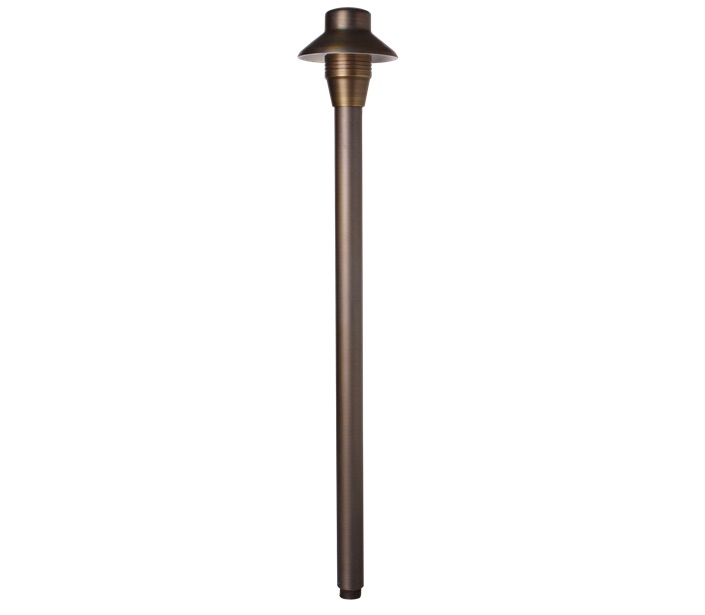
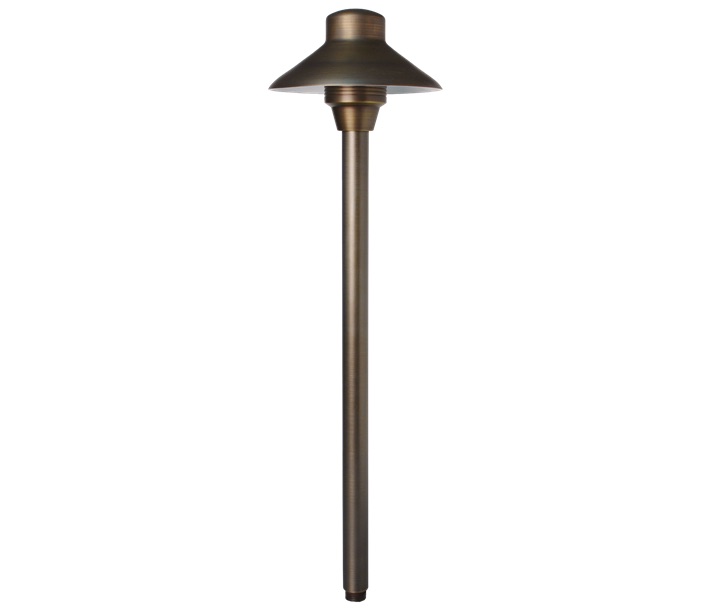

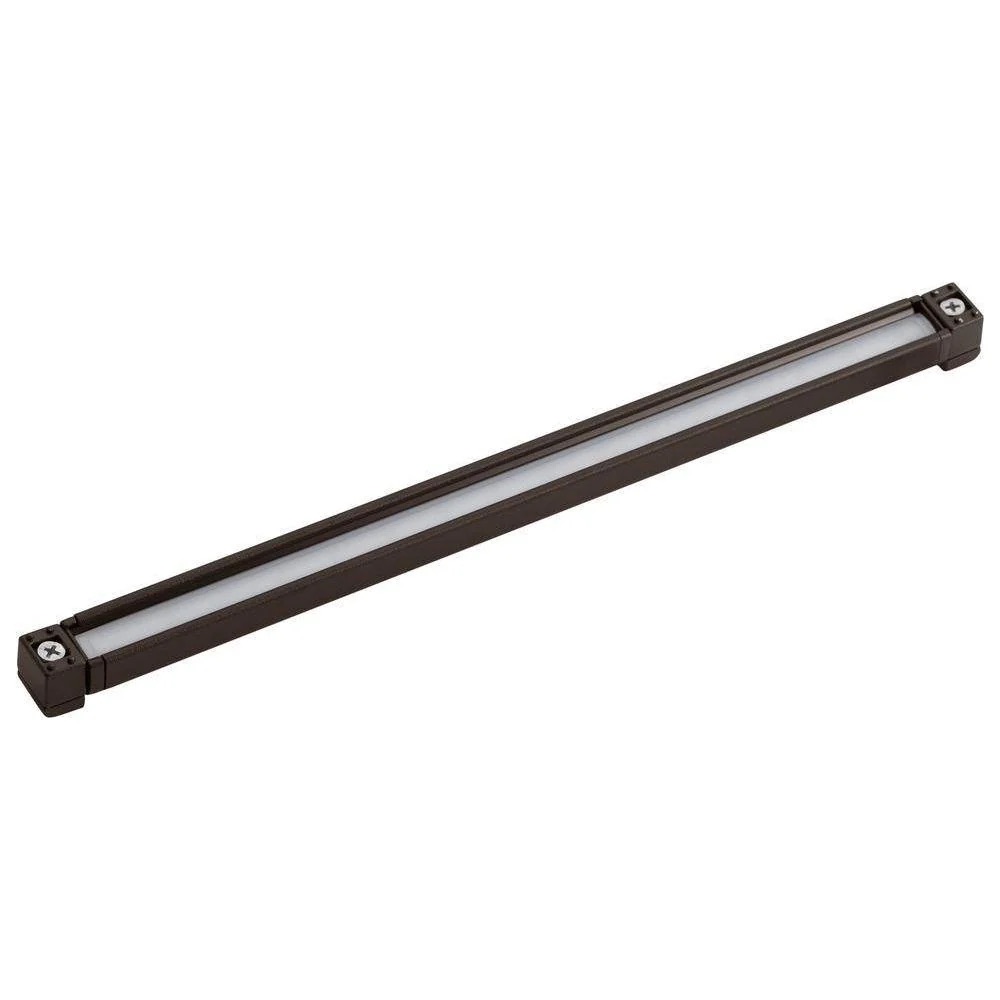
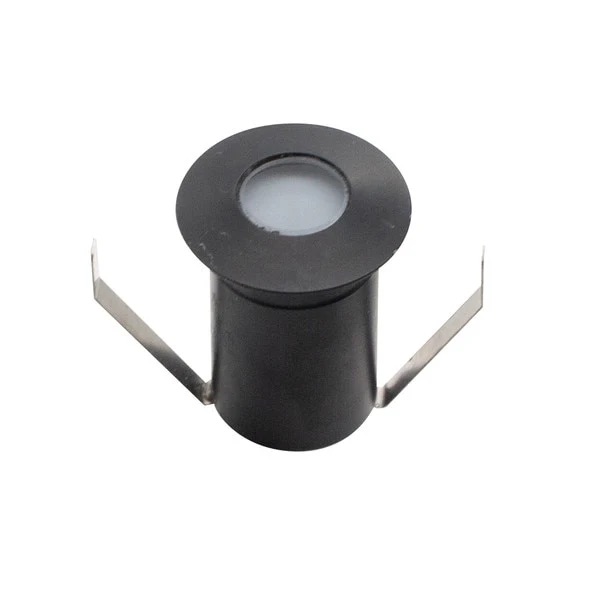
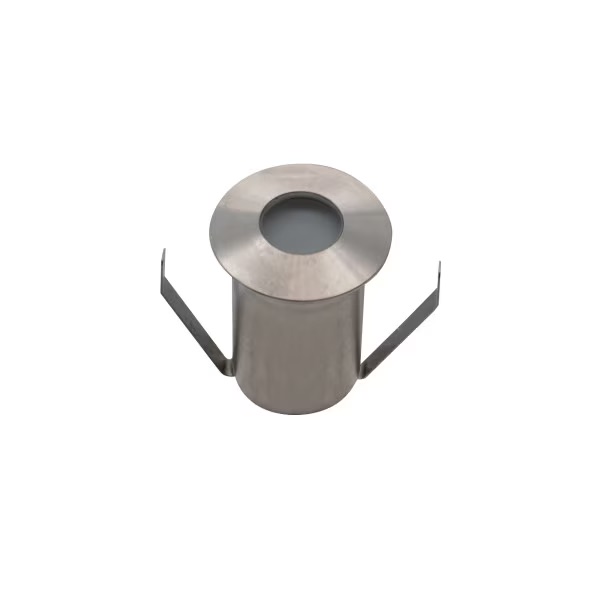
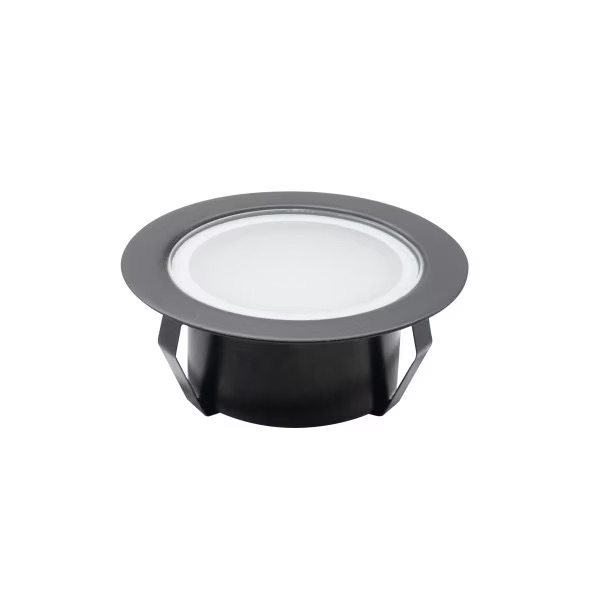
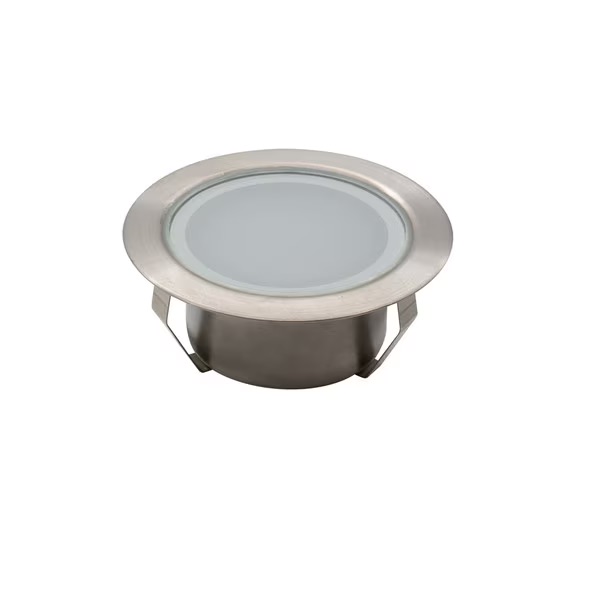
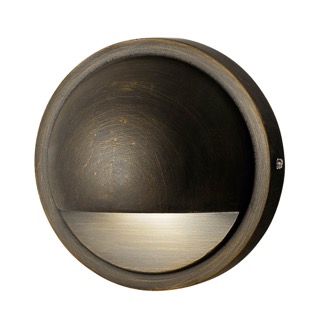
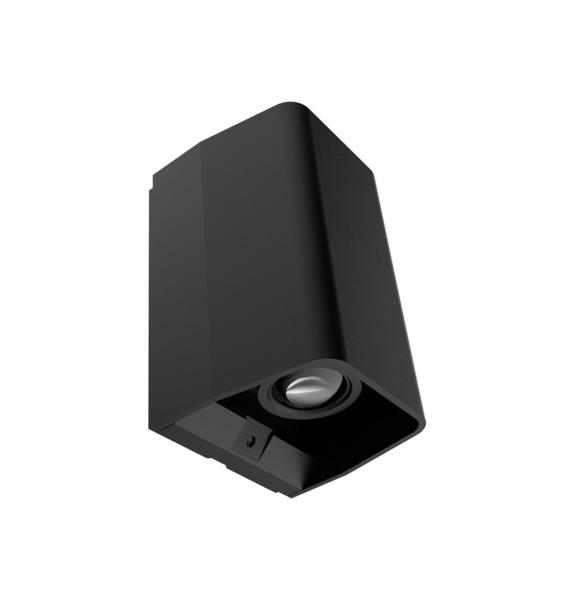
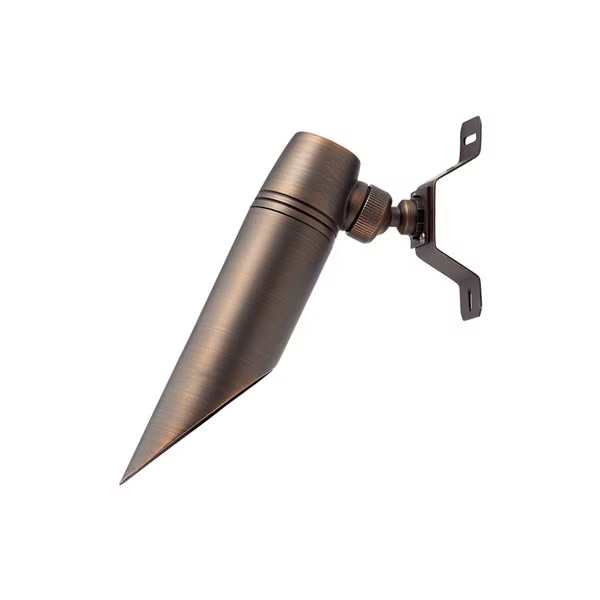
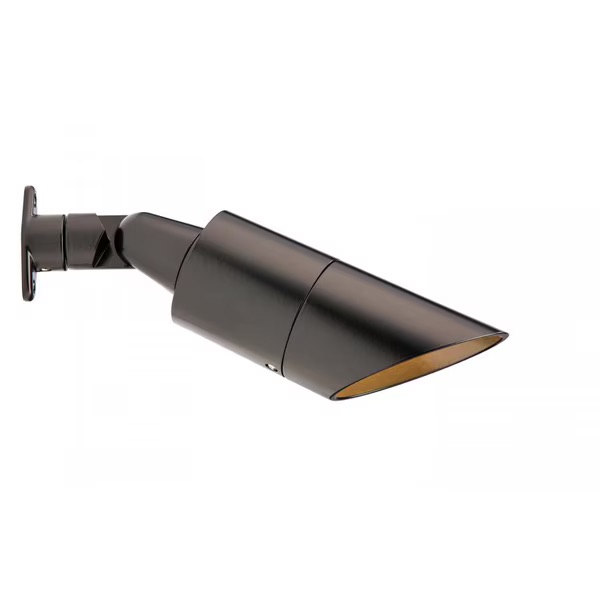





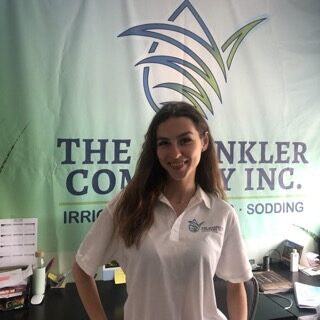




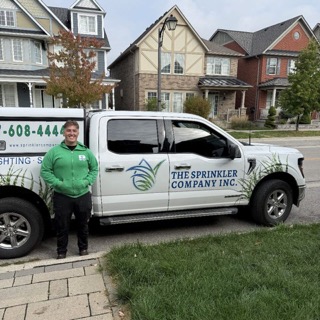
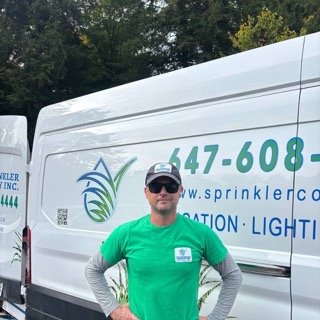

Modern landscaping and lawn maintenance are more than just laying green spaces and setting up some sprinklers. In the world today where water conservation is a priority, the property owners have to take into account the aesthetic goals and the sustainability, cost efficiency, and local water regulations. This is where weather sensors play a crucial role. These smart devices measure the environmental conditions, such as rainfall, temperature, humidity, and solar radiation, and send this data to your irrigation controller. All in all, the weather sensors with the help of the real-time situation of the weather, are the ones converting a basic irrigation system into a smart, responsive watering network. The result of this is not only water savings and cost reductions but also safer landscape from over-soaking, root rot, and seasonal damage. For the management of lawns of any size, weather sensors not only automate but also maintain accuracy with minimal involvement of the landscaper. This write-up provides an insight into the functionality of weather sensors, the manner in which they contribute to the design of the irrigation, and how they transform the irrigation installation from a common system into a splendid one. We will go further into the…
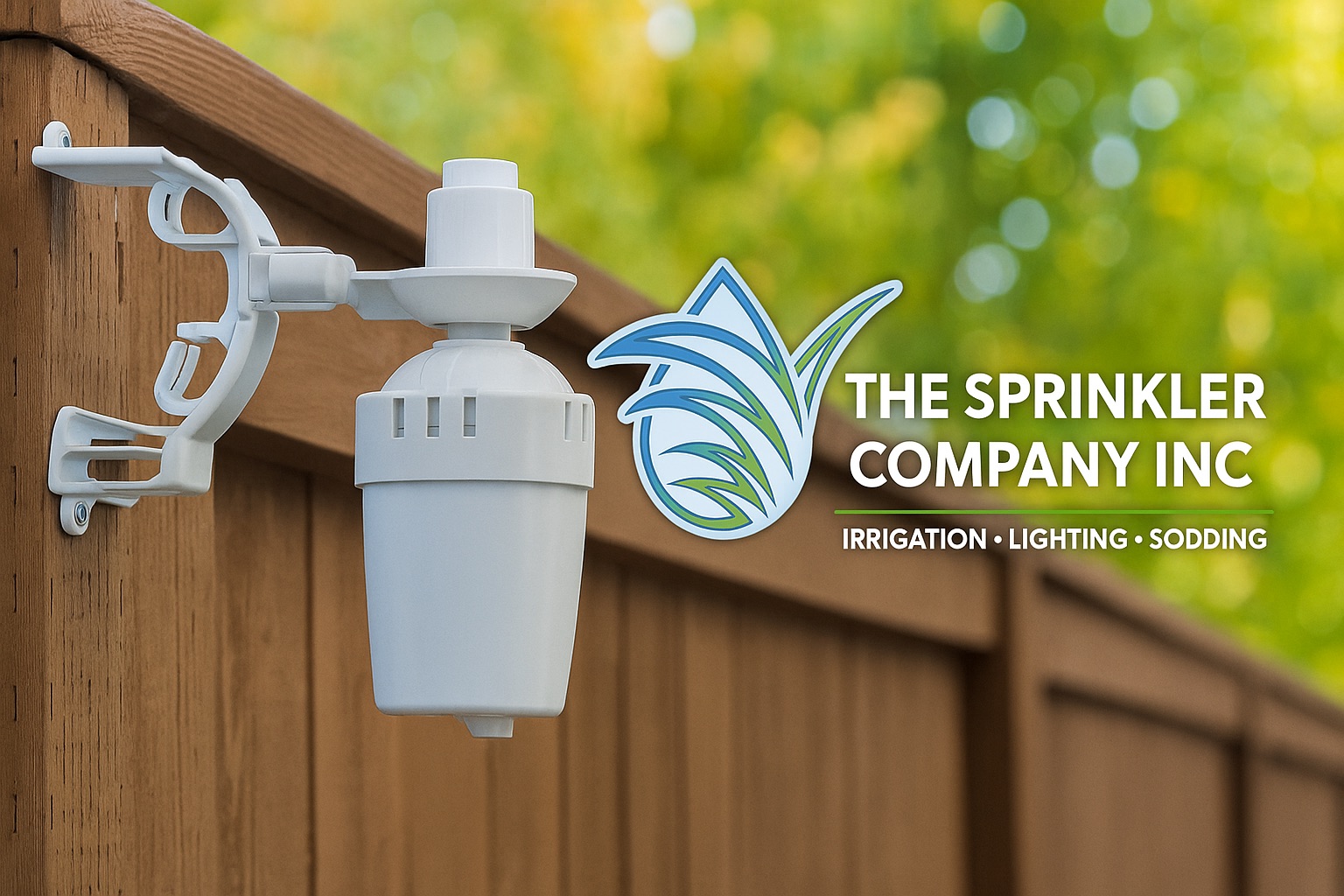
Introduction: Smarter Irrigation Starts with Better Data
Modern landscaping and lawn maintenance are more than just laying green spaces and setting up some sprinklers. In the world today where water conservation is a priority, the property owners have to take into account the aesthetic goals and the sustainability, cost efficiency, and local water regulations. This is where weather sensors play a crucial role. These smart devices measure the environmental conditions, such as rainfall, temperature, humidity, and solar radiation, and send this data to your irrigation controller. All in all, the weather sensors with the help of the real-time situation of the weather, are the ones converting a basic irrigation system into a smart, responsive watering network. The result of this is not only water savings and cost reductions but also safer landscape from over-soaking, root rot, and seasonal damage. For the management of lawns of any size, weather sensors not only automate but also maintain accuracy with minimal involvement of the landscaper. This write-up provides an insight into the functionality of weather sensors, the manner in which they contribute to the design of the irrigation, and how they transform the irrigation installation from a common system into a splendid one. We will go further into the…
Weather sensors are like the brains of a smart irrigation system as they greatly influence the watering requirements of the plants. As opposed to traditional systems that mostly ran on a fixed schedule, sensors allow the system to check and match the weather conditions there and then and even change its watering pattern accordingly. Your smart irrigation system will water its plants only when the sensor tells it to. For instance, one such case includes the situation where the rain was so heavy in the night that the plants will not be watered by the system as scheduled. It converts the measured environmental data that the sensors pick up and sends it to a control unit which in turn has some algorithms in place to calculate the required amount of water for water dispensing. There is a possibility of using various types of sensors that have the ability to monitor rainfall, temperature, solar radiation, wind speed, the moisture of the soil, etc. The smart controller (e.g. Hunter Hydrawise) that is Wi-Fi enabled is able to communicate with an on-site sensor or a nearby weather station and thereby avails the required information to the controller, which will now make the right decision whether to delay, skip, or adjust the user-scheduled cycle. In a place where one does not waste water and everyone’s plants perform well, the target is only achieved when the system waters on time only and not by irrigation.
The rain sensor has for long been the most common form of weather sensor and yet they are very effective. Moreover, they are very cost-effective and the changes they bring about are felt almost immediately. One of the main functions of the rain sensor is the prevention of its starting to water the gardens while it is raining or after the rain has stopped. As a rule, the detection of the rain by the rain sensor is done with the help of a hygroscopic disk that has the ability to swell with moisture or an electronic rain gauge. As soon as the sensor reads a specific amount of rain — it is usually between 1/8″ and 1″ — it sends a message to the controller which then stops the irrigation for a set time. Consequently, this leads to a fall in the consumption of water and the need for waterlogging of the plant does not arise. For instance, in Toronto, where the weather condition is unpredictable, the rain sensor is of great help as it prevents the system from not only wasting water but also from unnecessary cycles. Moreover, most cities have some activities that are directed towards the use of the rain sensor and they give incentives for its use and in the process offer people the best option that is also affordable.
While many homeowners assume their irrigation system only needs protection during winterization, freeze damage can occur well into spring and early fall. Freeze sensors are designed to prevent this. These sensors monitor ambient air temperatures and automatically disable the irrigation system when temperatures approach freezing—typically around 3°C (37°F). Water left inside irrigation heads or pipes during a cold spell can freeze and expand, leading to burst pipes, cracked valves, and damaged sprinkler heads. Even a single cycle during sub-zero conditions can cause hundreds of dollars in repairs. Freeze sensors eliminate this risk by locking out watering when temperatures drop too low. They also help protect your landscape. Watering during a freeze can leave ice on grass, sidewalks, and driveways, creating hazards and damaging plants. Combined with a rain sensor, a freeze sensor ensures your irrigation system is responsive to Canada’s fluctuating climate. Many models, such as the Hunter Mini-Clik, combine rain and freeze detection for comprehensive protection.
The Evapotranspiration (ET) sensor is one of the weather sensors for irrigation systems that is known for its highly sophisticated nature. These instruments are used to estimate the amount of water that is lost from the landscape each day as a result of soil evaporation and plant transpiration. The ET rate is influenced by various factors such as temperature, humidity, solar radiation, and wind. The sensors measure ET rates and then the data is sent to the irrigation controller, which proceeds to adjust the schedule to water needs of your landscape. This approach ensures not just to save water in a rainy set of days but also to provide the new appliance with water on hot, dry, and windy days. As a result, the water used is minimal, the plant is healthy, and there is no guesswork involved. ET-based scheduling has been used widely in agriculture, commercial landscaping, and high-end residential systems due to its precision and effectiveness. In areas with limited precipitation such as Toronto and the GTA, where the climate changes a lot between downtown and suburban areas, the ET sensor will help to match the region’s climate and the user’s needs perfectly — zone by zone.
Wind and solar radiation sensors together with comprehensive irrigation systems can work miracles, particularly in big and fully exposed areas. Sensors for wind can realize when the situation is so windy that it stops watering effectively. The high winds can move the mist and spray and the resulting effect will be not covering enough or wasting water by presenting the great loss of water. Wind conditions over a certain gustiness will make the sensor send a stopping signal to the controller who takes no action until the wind calms down. Also, this method is very beneficial for all rotor-type and spray heads at open fields and rooftops. Solar radiation sensors are also instruments that can be used to measure the intensity of the sun. These sensors are vital to adjusting the watering schedule due to the influence of the sun on evaporation. How much water evaporates is in direct proportion to the sunlight currently present, hence the need for the sensors. On days with a lot of clouds or no direct sunlight, less water is required while a particular phrasing is on a sunny day again when the solar radiation sensor suggests more which can be the case of more water needed. The sensors work wonders particularly in those areas where one can see both sunny and shady spots on the property or in landscapes with different sun exposures. A combination of the wind and solar radiation sensors can regulate the watering schedule to the point where it is almost impossible with the manual settings along or just using timers.
How Weather Sensors Improve Your Irrigation Installation
A weather sensor is only as effective as the controller it’s connected to. That’s why pairing your sensors with a smart irrigation controller is essential. These controllers take sensor data and process it through sophisticated algorithms to make real-time decisions. For example, Hunter’s Hydrawise controller uses Wi-Fi to connect to local weather stations, track forecast data, and adjust watering schedules automatically. If paired with a rain or freeze sensor, the system gets even more accurate. Smart controllers allow users to manage everything remotely via smartphone apps. You can monitor water usage, receive system alerts, run diagnostics, and adjust settings without stepping outside. Some platforms offer zone-by-zone customization, water budgeting tools, and seasonal adjustment modes. For commercial property managers, this level of control allows for multi-site management and historical reporting, which is helpful for budgeting and compliance. By integrating sensors with a smart controller, your irrigation system becomes intelligent, responsive, and nearly maintenance-free.
How Weather Sensors Improve Your Irrigation Installation
The weather coupling with the watering systems is not just for comfort or saving a few bucks. It is an essential transition of sustainable landscapes in Canada neighborhoods. Freshwater conservation is a severe issue in Canada, especially in cities due to their high water needs. In summer, residential lawn and garden watering account for 50% of water consumed. The weather sensors dramatically lower this figure to the extent that if water is not needed, it will not be used at all. Reduced watering due to weather sensors will help to keep the underground reservoirs at their natural level and eliminate the pollution of soil water which is the main contributor to the contamination of small rivers and lakes. Overwatering prevention becomes a vital step of the sustainable farming operation as it results in soil structure, soil erosion, and contamination of local wildlife. Not only is sustainability about consuming less, but also a conscious and smarter use of resources. By using weather sensors, your system is aligned with this objective. The practice of water-efficient landscaping has been a topic of conversation for local government in Ontario, as evidenced by Toronto and Vaughan, who have been most supportive of both legalized and voluntary methods. By choosing to install a weather-based irrigation system, you will be displaying care, environmental stewardship, and responsibility to both your home and the environment.
How Weather Sensors Improve Your Irrigation Installation
The inclusion of weather sensors in your irrigation system brings about a number of benefits, the first of which is definitely money savings that occur immediately. If you only water your garden when it is necessary rather than following a regular schedule, you will avoid spending money on unnecessary water. Regular homeowners in Toronto and the GTA can basically save the hundreds of dollars over one single summer. Commercial properties, which, as a rule, maintain such big expanses of area that they need large amounts of water can possibly be the first in the list to achieve the annual economy of thousands. It is not only water charges that are reduced. By decreasing the number of watering periods, you also lessen the strain on the irrigation parts thus, you extend the equipment life. The valves do not work that often, the sprinklers do not dry up, and the change of pressure in the soil is less, in that, the system is less likely to get damaged and the equipment part will last longer. Furthermore, the cost of landscaping repairs due to overwatering (reseeding or plant replacement because of root rot or fungal problems) will be much easier on your budget. So, to sum it up, the benefit of weather sensors is great while the cost is minimal.
How Weather Sensors Improve Your Irrigation Installation
The very function of the irrigation system you have is creating favorable conditions for the plants so that they could grow in a healthy and vigorous way. Yet without sensors, it can turn into a source of troubles. In the meantime, the plants’ water needs vary from season to season, by time of the day, weather, microclimate, and so on. For example, areas of lower sun exposure might require half the water than those of the sun; also, if the air is damp, the water consumed has to be decreased so that no mold or mildew can develop. Weather sensors provide the required amount of water at the right time; neither more nor less. This will aid root development, eliminate chances of fungi affectation, and lessen plant stress. Properly watered plants are secured against pests, water scarcity, and seasonal changes. The grass is green without any kind of demarcations. Trees and shrubs grow uniformly without shedding leaves or dieback. It doesn’t matter whether you are dealing with flower beds, vegetable plots, or any size of turf fields, the use of weather sensors guarantees that every corner of your garden is kept at the most suitable moisture level.
How Weather Sensors Improve Your Irrigation Installation
Not only are the weather sensors embedded in the new watering systems intelligent, but they are virtually connected as well. The place of smart irrigation controllers powered by, for example, Hunter Hydrawise, allows the end-user effectively to rule their system at any place and at any time of their convenience through their smartphones or personal computers. Such a form of access is particularly appropriate for property managers, landlords, and those who have got no time to waste. If the sensors have picked up any sudden unfriendly weather changes such as rain, this will automatically be noticed and reported to you. Should there be any system failures, broken tubes, dislocations in the wires, and if the amount of water is in high use, you will be able to receive notifications likewise. You don’t rely on the landscape’s situation being reported to you, but in fact, you will be the first to know about it no matter where you are while on vacation, or if you have many properties to manage. Users can even make use of the system’s features to get water usage reports, predict the weather, monitor previous weather data, and generate compliance reports that may be required for LEED certification, and municipal inspections. Through these functionalities, your irrigation system is made so flexible that it confers intelligent advantages that work non-stop daily synchronized with the environment and your timetable. Hence, regarding these purposes, the cooperation between cloud steering and the local sensors is by far the best method for landscape maintenance that is already available in the GTA.
How Weather Sensors Improve Your Irrigation Installation
Municipalities, and Conservation Authorities in Ontario such as Toronto, York Region, and Peel, have thus introduced rebates as a source to encourage people to opt for water-efficient technologies like weather sensors, smart controllers, or drip irrigation systems. Such activities aim to reduce domestic water use, keep municipal infrastructure safe, and avoid costly water supply expansions as long as possible. Rebates and tax incentives usually range from less than one hundred to a few hundred dollars, depending on how you can perform the system upgrade. Note that most local authorities not only provide these products and services to citizens at no charge but also refer authorized installers to help with the confirmation of installation quality and thus lower the water consumption level. For companies, in addition to the reduced operating costs, these programs offer excellent assistance when a company needs to upgrade several of its locations or when the company needs to comply with green building codes. In the same way, if your energy-related expenses are reduced, it would automatically be a much more profitable investment. In addition, it is important to check with your local watershed group or seek advice from a certified contractor like The Sprinkler Company Inc. that is well versed with the latest regional rebate opportunities.
How Weather Sensors Improve Your Irrigation Installation
Integrating weather sensors with your irrigation system is not only a convenience but also a strong statement of commitment to the efficient, sustainable, and excellent quality of the green area. By minimizing the risk of unnecessary water consumption and preserving the investment, proper weather sensors also lower utility bills and support the situation on the environmental side where a symbiotic relationship with nature is highly desirable. In the areas of Toronto and the Greater Toronto with all kinds of sudden changes, you should not be under the wrong impression if you think that static timed units are still fine and worth to rely on. These super devices that can be named smart irrigation systems are equipped with rain, freeze, ET, wind, and solar radiation sensors that work all the time, 24/7 to take care of your landscape and prepare it for whatever it needs for both unavailability of water and the surplus. Besides, the system becomes cheaper as it is not only accessible and affordable but also is often subsidized by the municipal. If you are a person having your own house and taking care of the premise who desires to reduce the water expenses or a site manager who wants to make the site sustainable, the impact is definitely positive. Still, this is a bright moment to turn to a more eco-friendly and advanced irrigation system that uses the weather as the main point for making decisions. Reach out to The Sprinkler Company Inc. now to get to know how our team is capable of helping you install or upgrade to a safest, most efficient water-saving irrigation system that can relax you from checking every now and then–season after season.
How Weather Sensors Improve Your Irrigation Installation
Our Partner
How Weather Sensors Improve Your Irrigation Installation